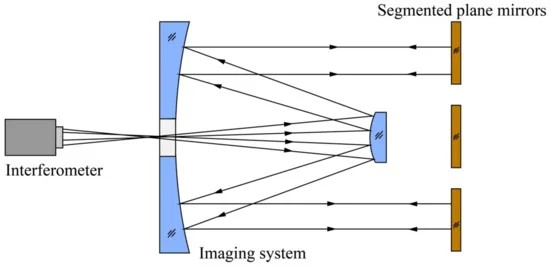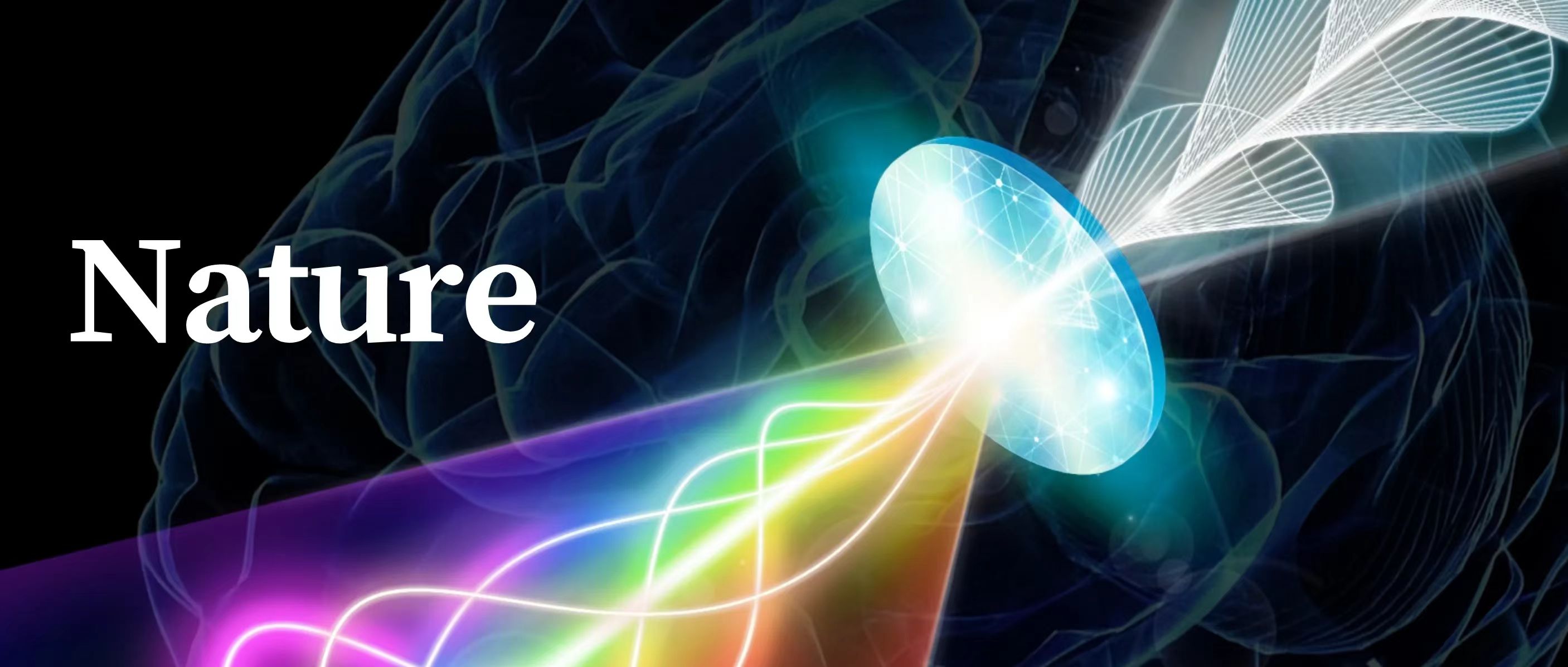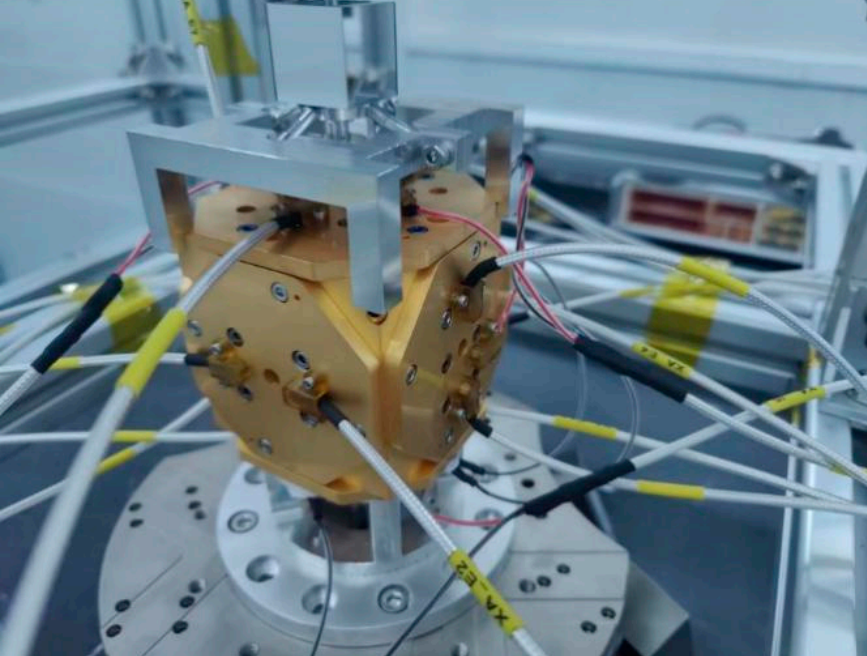
In a groundbreaking study published in the journal Sensors, researchers from the Changchun Institute of Optics, Fine Mechanics and Physics (CIOMP) of the Chinese Academy of Sciences have introduced a novel approach for achieving highly precise and efficient co-phase detection of segmented plane mirrors.

In a study published in Nature, an international team led by Prof. LI Wei from the Changchun Institute of Optics, Fine Mechanics and Physics (CIOMP) of the Chinese Academy of Sciences, introduced a novel miniaturized photodetector capable of characterizing arbitrary polarization states across a broadband spectrum with a single device and a single measurement.

Recently, the research team led by TONG Cunzhu from the Changchun Institute of Optics, Fine Mechanics and Physics (CIOMP), Chinese Academy of Sciences, has made significant progress in the field of photonic crystal surface emitting lasers (PCSELs). The team proposed a novel triple-lattice structure and successfully achieved low-threshold operation of PCSELs at 1.55 μm.

Mirror seeing mainly refers to the degradation of image quality caused by mirror turbulence, and its impact becomes more significant as the size of the telescope increases. Today, when the aperture of the telescope has reached the 30-meter level, mirror seeing detection has become a key technology for the development of large-aperture telescopes.

Gravity reference sensors serve as the inertial reference for space gravitational wave observatories and are the core payload for gravitational wave detection, offering advantages such as high sensitivity and precision. They have significant application value for fundamental physics and gravitational astrophysics research, particularly in the detection of space gravitational waves.

Research team of GUO Xiaoyang, LV Ying and LIU Xingyuan from Changchun Institute of Optics, Fine Mechanics and Physics of the Chinese Academy of Sciences, further added the bi-functional spacer ligand 2-bromoethylamine hydrobromide (BEABr) to the green quasi-two-dimensional perovskite structure to achieve wide-band gap blue light emission of pure bromine perovskite.
